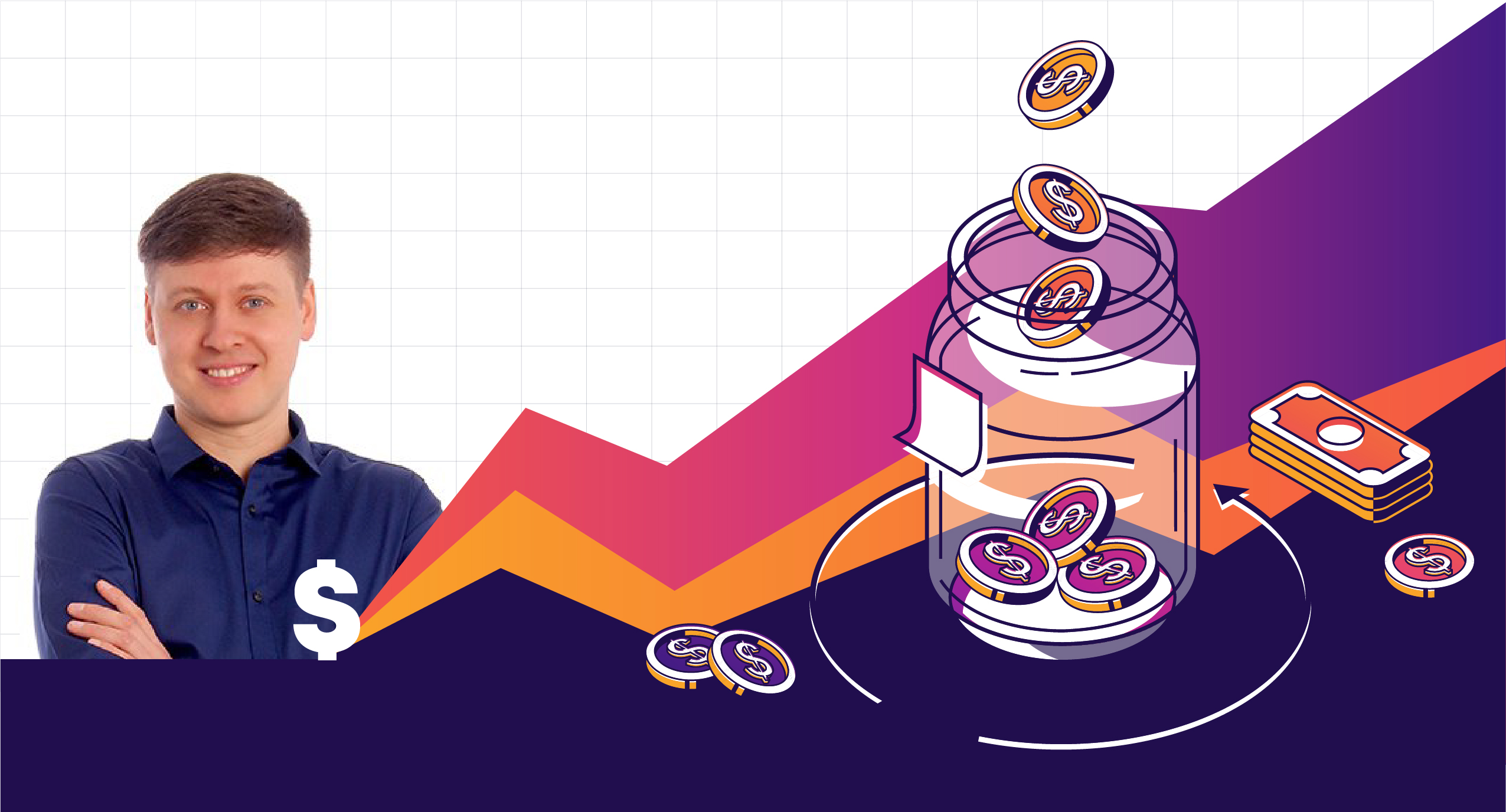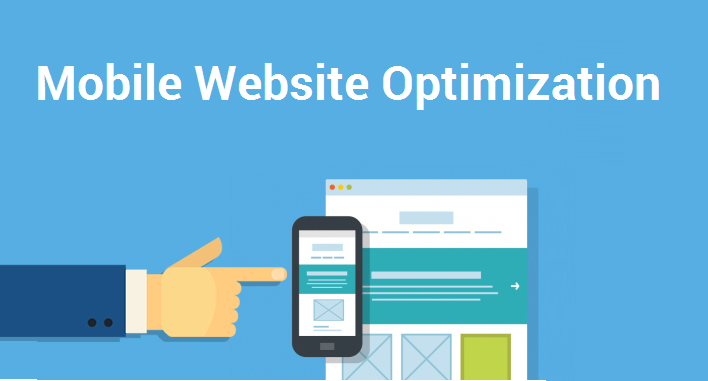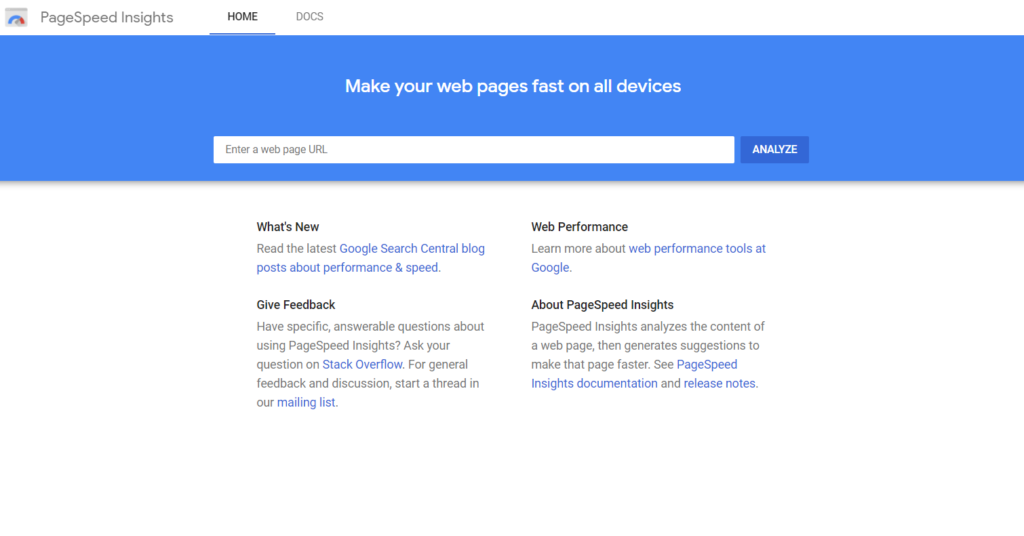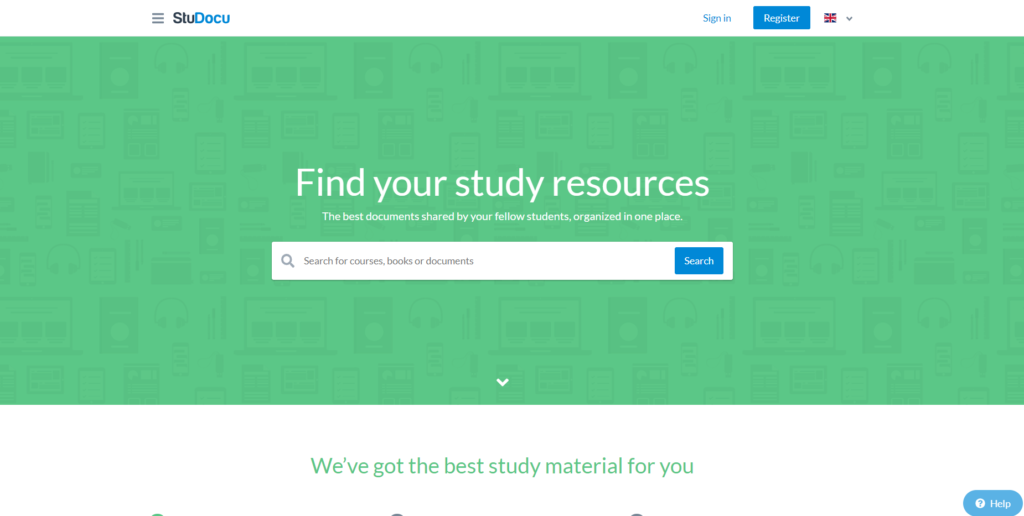Google Ads offers one of the most reliable ways to profit from your online presence. And all you have to do is increase conversions and reduce spend, right?
Unfortunately, as many marketers have found, that’s easier said than done.
In fact, this failure to reconcile these two desires leaves a lot of marketers with the inability to make money because they don’t know how to maximize their Google Ads ROI (return on investment).
If that sounds like you, read the rest of this article to discover how to spend $1,000 on Google ads and make $7,500+ ROI so you can grow your customer base without spending more on advertising.
1. Optimize Your Website
Optimizing your website may seem like a no-brainer. However, with regard to maximizing your Google Ads ROI, this type of advice is worth repeating.
It’s getting more and more expensive to run ad campaigns. That’s why it’s crucial to optimize EVERY aspect of it, including your website, to ensure that you make the most of your efforts.
Making sure your site offers a great user experience is one of the first steps toward getting a decent Google Ads ROI. After all, what’s the point of working so hard to get targeted traffic if you’re sending them to a bad website experience?
That would just be a BLATANT waste of money.
According to studies, almost 75% of mobile users state that they will abandon a website if it isn’t mobile-friendly. As an advertiser, these are clicks that you are paying for – even if those people immediately leave your website. The same goes for a website that is:
- Slow;
- Hard to navigate; or
- Looks like a cluttered mess.
What’s more, in addition to paying for clicks that you had no chance to convert, offering a bad website experience will earn you a low-quality score from the ever-vigilant Google. That’s why your first step is to optimize your website experience. But how exactly do you do that?
By following these tips:
Increase Website Speed
You can test your website’s speed by visiting Google’s Page Speed Test. You will then get recommendations on how you can improve your speed.
Many of them are easy to apply, and even the smallest tweaks that you make, such as optimizing images or removing unnecessary widgets, will significantly speed up your site.
Make Navigation Easy
Take a look at your navigational menu and buttons. Do they make it easy for new visitors to find the pages or information they need? Or maybe you’re creating analysis paralysis by offering too many options?
Either way, view your menu from the eyes of your visitors and optimize it as such.
Test Pages on Different Devices
This is something many marketers overlook. You need to test your website from a variety of devices. Make sure your text is big enough to read on small mobile screens.
Check whether or not visitors have to scroll back and forth to see entire images of pages, and so on. You should have a VERY CLEAR picture of what your website looks like to readers on all types of devices.
Can you imagine just how poor this site’s mobile experience would be if these images and text were not optimized?
Luckily, Google has a free Mobile-Friendly Test to help you get started.
And remember:
You need to write your website copy in a language that your audience understands. All the website optimization in the world can’t help you if your copy isn’t clear and compelling.
2. Focus on Quality Score
Your second step in maximizing your ROI is to understand the Quality Score.
Each of the 9 tips in this article will help you improve your Quality Score in some way. BUT, understanding what quality core is will help you better apply that information so you can quickly boost your Google Ads ROI.
Quality Score is a metric used by Google to influence ad rank and ad CPC. It’s rated on a scale of 1 to 10, with 10 being the best, and 1 being a disaster. Your Quality Score plays a major role in the cost-effectiveness of your PPC advertising.
A good score means you can get discounts compared to what others are paying for the same click. You also get better ad placement, all of which translate to an improved Google Ads ROI.
On the other hand, if you are providing a low-quality experience, then Google doesn’t want to work with you. In such a case, you’re likely to find yourself paying as much as 400% more than someone who has a respectable quality score.
Remember, the search giant’s main goal is to provide the best and most relevant results in response to users’ searches.
So, by making YOU pay more for each click, Google is trying to get you to either stop running ads (since they won’t make financial sense as far as you’re concerned) or improve your user experience by fixing whatever is wrong. The latter is what Google is really hoping for.
Below, we take a look at how Google determines the Quality Score. By understanding what the search engines are looking at, you can work towards fixing and optimizing things to improve your score.
How Google Determines Quality Score
- Click-Through Rate: Your ad is considered relevant if a lot of people click on the keywords you requested for the ad.
- Keyword Relevancy: Google also looks at how relevant a keyword is to the ad group.
- Landing Page Performance: Google analytics show how people respond to your landing page from the time they click, up until they leave your site.
- Ad Text Relevancy: If people don’t click on your ad (or if they click and then immediately leave the page because it wasn’t what they thought it was), then the text is not relevant to searchers.
Remember, you can always hire freelancers to help you with the different improvements to get your Quality Score up to par.
3. Optimize Your Landing Pages
As previously mentioned, your landing page plays a huge role in maximizing your Google ads ROI. Google needs to know that your ads are aligned with what users want. And as such, your landing pages should be aligned to your ads.
With so many businesses and marketers overlooking the analysis of their landing page performance, this is a good opportunity for YOU to give yourself an edge over the competition.
Follow the steps below to optimize your landing pages and make your Google Ads more profitable.
Place Your Call to Action (CTA) Below the Fold
This just means that visitors must scroll down a little to see it.
First, tell your visitors who you are and explain how you can help them. Make it clear what they’re getting, in other words, what’s in it for them?
Then – and only then, can you add a call to action button to your landing page.
Include One Offer Per Landing Page
Don’t make people think about which options to choose. This just leads to visitors having second thoughts.
Have only one offer on each landing page and this will improve your conversion rate.
Eliminate the Menu
Remove the navigation menu, or if you can’t eliminate it completely, at least reduce it.
Ideally, your landing page should stand alone and it should not give people the option of going anywhere else.
Test, Test, Test
Conduct A/B tests on your landing page design and formats to discover what works best with the same ad. You can change different elements, such as:
- Text
- Color
- Image
- CTA, etc.
If something doesn’t seem to be working, tweak and improve it. Make changes, and compare your results until you have a page that performs well.
For instance, this website that offers study resources found that a landing page with a simple “search” box (for students to find resources) performed better than one with lots of text and images above the fold.
Don’t forget to use online tools to help you prevent plagiarism.
Plagiarized content is something else Google can’t stand, and if your landing pages are filled with it, that might affect your overall Quality Score.
4. Align Keywords With the Buyer’s Journey
One way to improve your Google Ads ROI is to match your keywords to the buyer’s journey. Your ad should align with the landing page, and the keywords you choose should align with the ad.
You can do this by thinking about the customers buying process, which is described below in a nutshell:
Awareness Stage
The awareness stage is at the top of the funnel (TOF).
It’s the beginning of the buyer’s journey.
Most marketers build awareness through content marketing and social media – for instance, by finding top-quality blogs that accept guest posts and submitting high-quality content as a way to reach brand new audiences.
But if you choose to generate awareness through Google Ads, it’s important to take the right approach. The goal at this stage is to offer your audience valuable information to educate them AND convert visitors into leads.
Make sure people are aware of you and the challenge you solve. At this stage, they are in “research mode”.
Someone in the digital marketing niche (for example), might target awareness keywords such as:
- Wix vs. WordPress Review
- Shop for Video Editing Software
- Digital Marketing Guide
- What are the most important content marketing metrics
As you can see, keywords like “review”, “shop for”, “best”, “guide”, “what are” are clearly targeted toward people who are at the awareness stage of the buyer’s journey.
Consideration Stage
During this stage, buyers are in the market, but they may not be feeling any urgency to make a purchase.
They are considering the information they researched during the awareness stage. However, they might be persuaded to buy now IF presented with the right offer.
Typically, consideration keywords are paired with an ad offering some sort of discount. For example, a site like this one that sells predictive dialing software might consider the following keywords:
- Predictive dialer discounts
- Predictive dialing software on sale
- Best place to buy CRM with predictive dialer
Also, take a look at this example of an effective consideration stage ad for a lingerie store.
Decision Stage
At this stage, you need to use high intention keywords that make it easy for visitors to buy, schedule, sign up, etc.
These types of keywords usually convert to instant sales. You can use words and phrases such as:
- Buy Breville coffee maker
- Where to buy Breville coffee maker
- Appliance store near me
- Buy Breville coffee maker in Austin
Keywords like these represent a point at which buyers have done their research and they know EXACTLY what they want.
5. Review Targeted Ad Groups
Another step you need to take toward maximizing your Google Ads ROI is to re-evaluate your targeted ad groups.
Look for keywords in those groups with low-quality scores. These may perform better in different ad groups, so consider either moving or removing them.
If using broad match, as opposed to exact match, take a look at the report to discover the phrases that are actually triggering your ads.
You might consider adding some of these to your keywords to allow you to better track their performance.
6. Prevent Unqualified Clicks
Unqualified clicks can result in a lot of wasted money. For example, say you have a business that sells barcode software for large organizations. There is no use getting clicks from small business owners who wouldn’t be willing to pay what the software is worth. That isn’t your target audience.
But, even if you put the right keywords, such as “enterprise-level“, the person might still click on your ad, not knowing what that type of software costs.
For a company that sells premium products or services, one way to help prevent unqualified clicks like these would be to add something like:
“Starting at $3,000”
This would serve as a way to avoid wasting the searcher’s time – and your money. And remember to never pay too much per click. Although it may seem like the only way to get seen in some of the more competitive industries, it’s generally not worth it to pay outrageous amounts for Google search ads.
So what should you do instead?
Rather, DIG DEEPER into your ad keywords. Find the ones that are less competitive and cost less for each click. This may take some time and effort, but it will pay off massively in improved Google Ads ROI.
7. Create a Comprehensive Strategy
Google Ads are great for a lot of reasons:
- Getting started is easy
- You can begin generating sales quickly
- Google Ads can help you meet any of your marketing goals
- It’s easy to measure and improve your performance
BUT, without a comprehensive strategy to work with, you will pay a premium for each one of those clicks.
You need a complete digital marketing strategy to generate awareness for a lot less so that by the time visitors click on your ad, they have already seen your brand somewhere else. They already know who you are AND they trust you. They have an interest, and possibly even an emotional connection to you. For example:
If you have a site that sells VPNs, you might build brand awareness by publishing a series of videos and articles on “how to browse the web safely”.
This would let your target audience know about you first so that when they do land on your sales page, they already know who you are and the solution you provide for accessing the dark web.
Strategies like those in content marketing and social media can help you achieve this. They can also allow you to effectively nurture leads in the consideration phase.
Furthermore, you can add email marketing to your marketing strategy. As most marketers know, it’s a highly customized and meaningful way to build stronger relationships with your customers. The responsive website we discussed earlier is also part of it.
Bottom line?
Between the website, email marketing, content marketing, and social media you will have a STRONG marketing strategy that will generate more clicks and get higher conversion rates on your Google ads.
Conclusion
Making $7,500 from $1,000 comes down to one thing: don’t pay too much to acquire customers.
It’s impossible to get a reasonable Google Ads ROI if your CPC is not what it should be.
This article has shown you some of the simplest and most effective steps you can take right now to dramatically reduce your cost per click and increase your conversion rate at the same time. This means you will generate higher revenues at a much lower cost.







